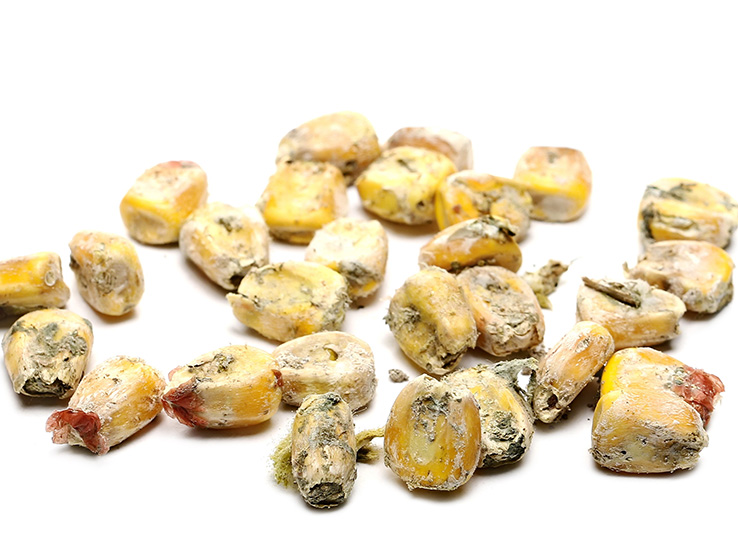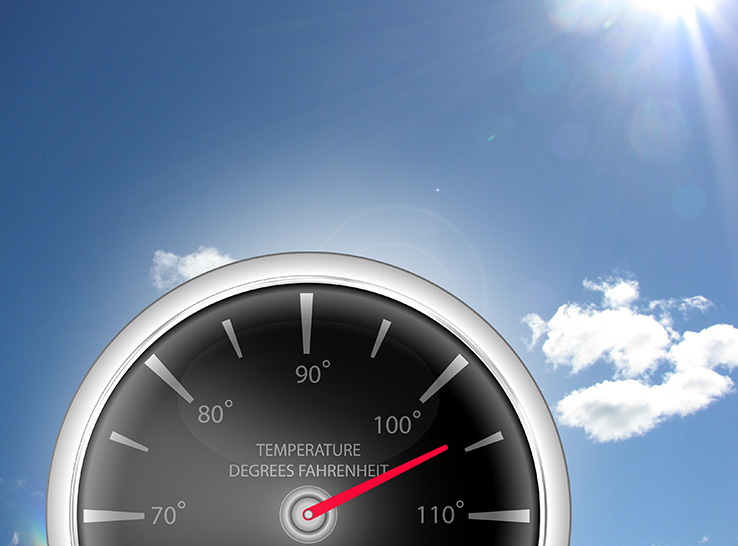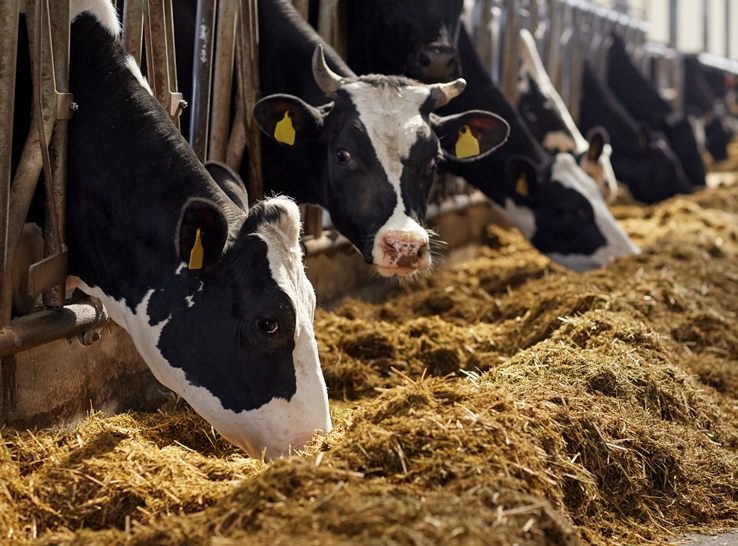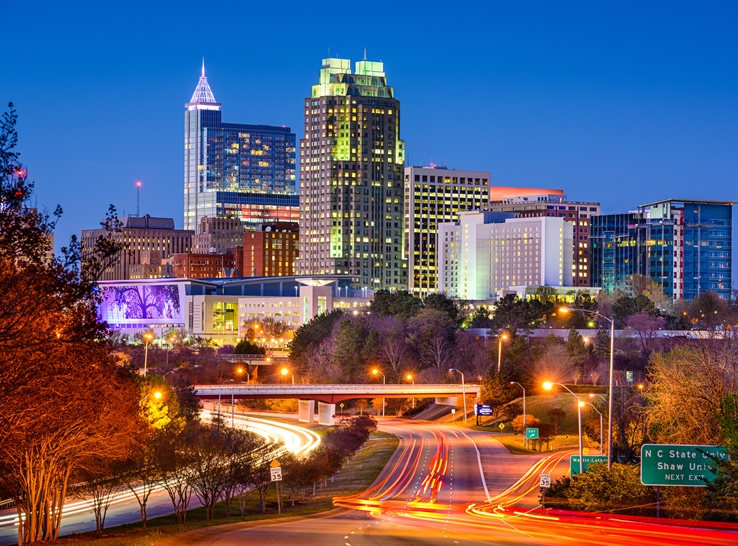Prolonged exposure to heat stress can lead to respiratory injury in broiler chickens, according to a recent study in China.
Heat stress is one of the important environmental stressors in global broiler-chicken farming, as high environmental temperatures can affect efficient animal production and endanger animal welfare.
Chickens are susceptible to heat stress during production and breeding due to the birds’ high metabolism, fast growth rate and lack of sweat glands. High environmental temperatures can cause severe damage to the health of poultry and affect their production performance, resulting in potentially significant economic losses for commercial broilers.
Furthermore, heat stress can cause damage to the lung tissue of broiler chickens by disrupting the integrity of the blood-air barrier and by the activation of cellular signaling pathways leading to an intensified inflammatory response.
Broiler study
Researchers with Henan University of Science and Technology, China, conducted a study to investigate the effects and mechanisms of heat stress on lung injury in broilers. Their results were published in Poultry Science.
For their study, the researchers obtained 120 1-day-old male broilers from a commercial hatchery. When chicks reached 21 days of age, they took 100 broilers with similar bodyweights and randomly divided them into two treatments (five replicates per group and 10 chickens per replicate).
The control group was maintained at 23° C (73° F), while the heat-stress group was maintained at a temperature of 35° C (95° F) for 12 hours per day, from 8 a.m. to 8 p.m. Investigators collected samples from one chicken in each replicate at 28, 35 and 42 days of age. All other handling and management protocols were the same for all birds.
According to the researchers, heat stress significantly increased the respiratory rate in the heat-stressed group of broilers. Furthermore, serum pH of heat-stressed chickens was significantly elevated at each sampling point (28, 35 and 42 days of age). These results suggest that heat stress not only increases the respiratory rate of broilers but also causes respiratory alkalosis — an abnormal pathophysiological condition characterized by the buildup of excess base or alkali in the body.
Investigators also reported that heat-stressed broilers showed varying degrees of congestion and bleeding in lung tissue. Specifically, at 28 days of age, there was an increase in cell spacing and obvious inflammatory cell infiltration in the lungs of heat-stressed broilers. At 35 and 42 days of age, a large number of epithelial cells were shed from lung tissue of heat-stressed broilers, and the endothelial structure of microvessels was damaged with a significant increase in red blood cells.
Furthermore, the researchers noted significant increases in oxidative indicators and proinflammatory cytokines in blood serum from heat-stressed broilers at all ages, while total antioxidant capacity was significantly enhanced at 35 days of age. In addition, heat stress led to significant increases in various proinflammatory factors in serum and expression of heat-shock proteins in lung tissue.
Inflammatory response
The researchers said their results show that the pulmonary blood-air barrier in broiler chickens is damaged during heat stress. The damage to lung tissue caused by heat stress is further augmented by the activation of signaling pathways leading to an intensified inflammatory response.
At different time points of heat-stress exposure, the researchers observed that the extent of lung injury escalated with longer durations of heat stress, but there was no significant difference in the degree of lung injury between broilers at 42 days of age and those at 35 days of age. This was attributed to the heat-adaptation mechanisms that develop during later stages of heat stress.
Poultry use an active mechanism called evaporative heat loss to dissipate heat during heat stress, including exchanging heat with the external environment through air sacs, which leads to increased respiratory rate and panting. This increased breathing rate leads to excessive excretion of carbon dioxide, contributing to an increase in blood pH and inducing oxidative stress in chickens.
The researchers concluded that in large-scale broiler-chicken farming, appropriate measures can be taken to prevent and mitigate losses caused by heat stress before the period of significant heat-stress injury. These measures include ventilation and cooling.
The full paper, “Chronic heat stress induces lung injury in broiler chickens by disrupting the pulmonary blood-air barrier and activating TLRs/NF-kB signaling pathway,” can be found in Poultry Science and online here.
Editor’s note: Content on Modern Poultry’s Industry Insights pages is provided and/or commissioned by our sponsors, who assume full responsibility for its accuracy and compliance.









